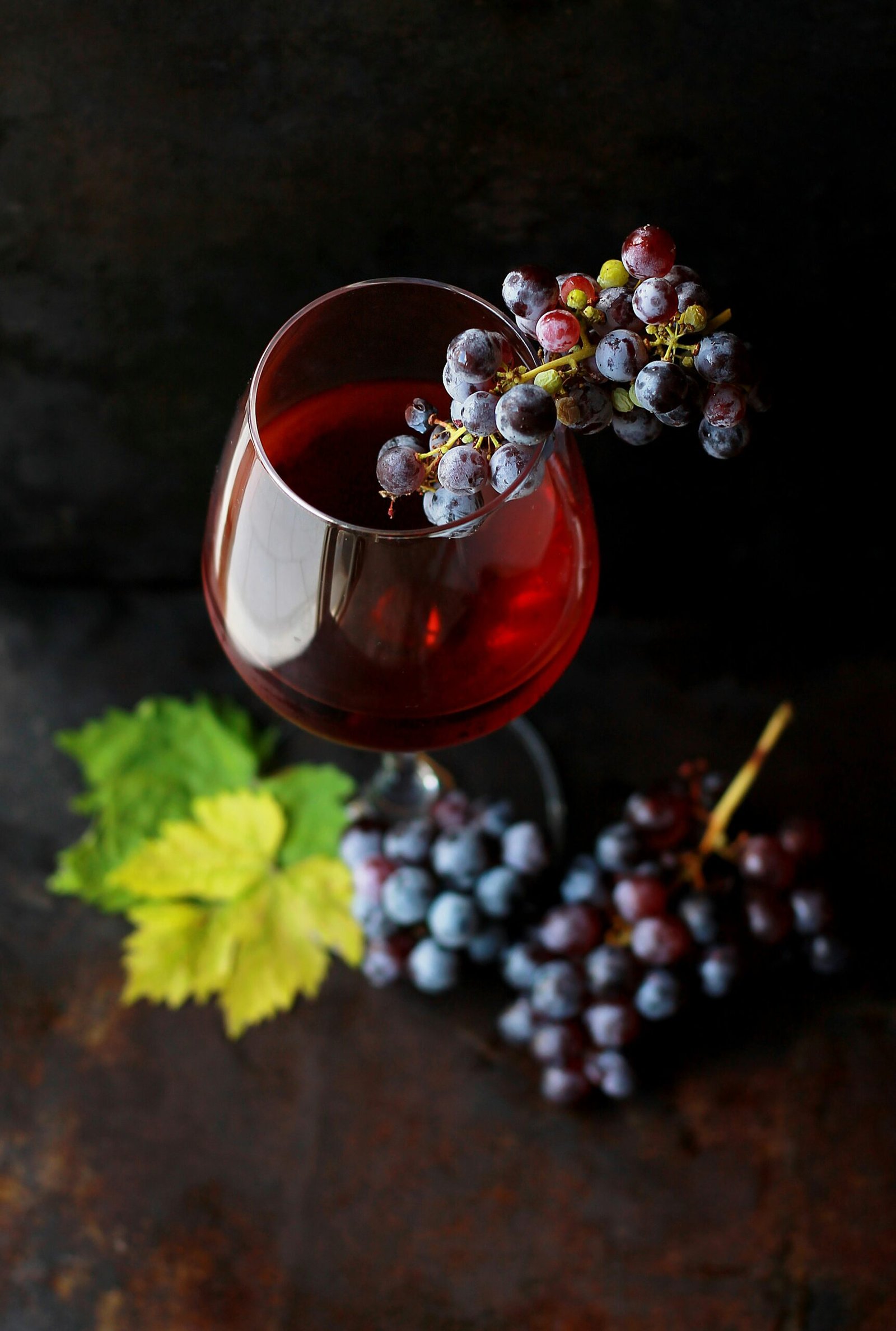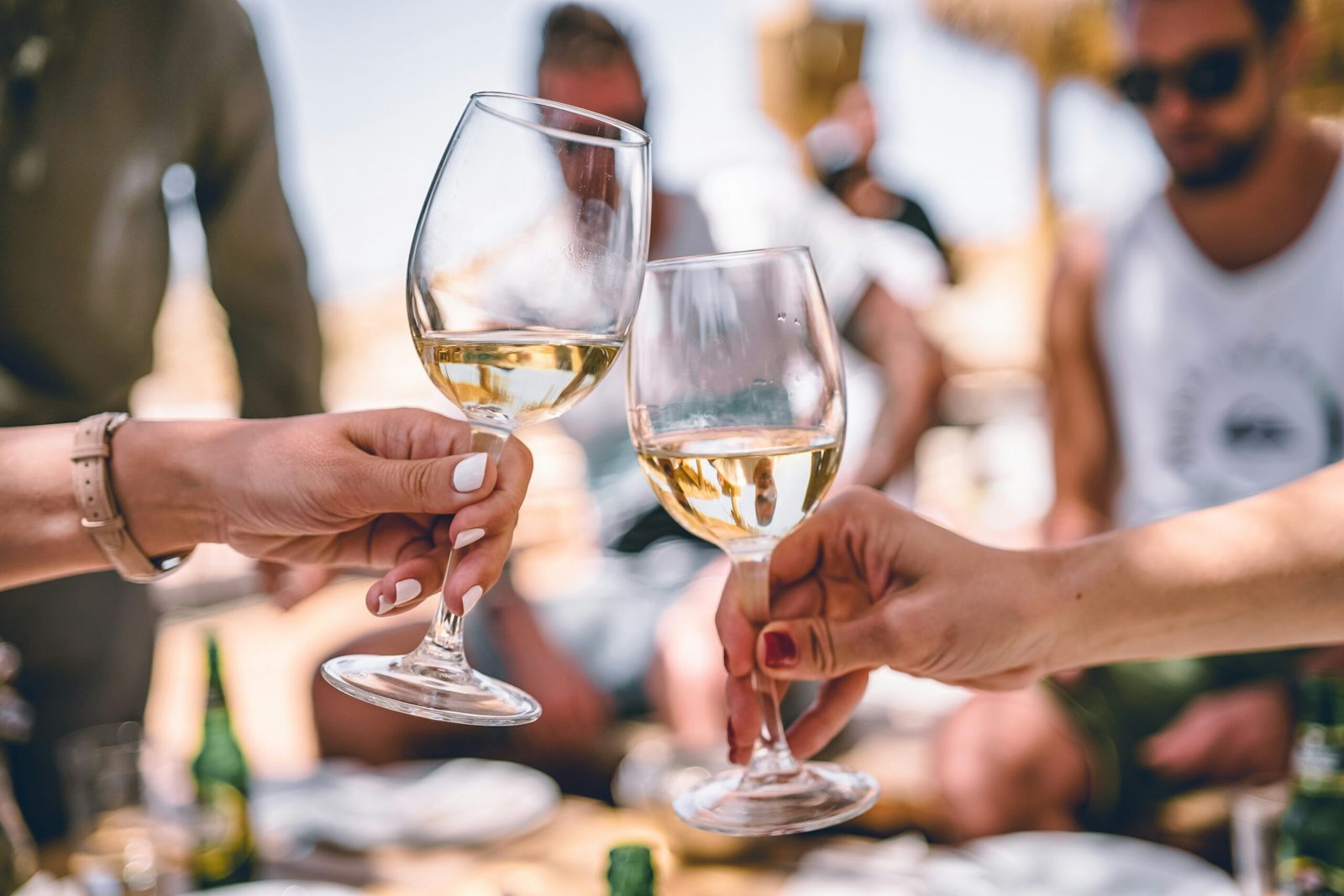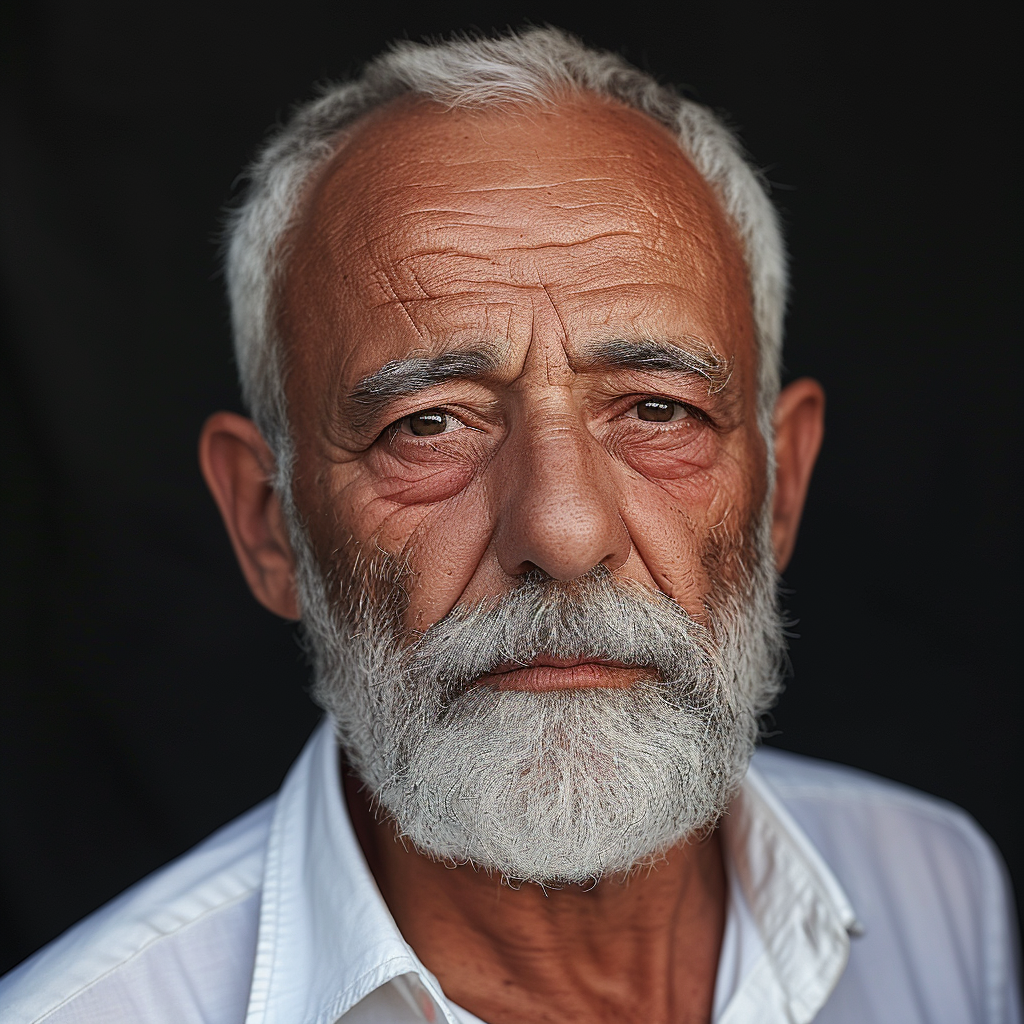In “The Difference Between Expensive and Cheap Wines: A Master of Wine Explains,” Konstantin Baum, a Master of Wine, discusses the distinction between expensive and cheap wines in a video. Baum provides links to his Patreon page and social media accounts for support and following. He introduces a blind tasting where he has chosen five wines, one of which is expensive and the others are moderately priced. Baum raises the question of whether he will be able to identify the most expensive wine and if it will win the tasting. He compares the luxury wine market to other luxury products like handbags and cars, emphasizing that people are willing to pay more for luxury items because they represent something extraordinary and make them feel better about themselves.
Introduction
Welcome to a comprehensive article discussing the difference between expensive and cheap wines, inspired by a video by Konstantin Baum, a Master of Wine. In this article, we will delve into the world of wine tasting, explore the factors that affect the taste and price of wine, and question the value of luxury wine. Before we begin, let’s get to know Konstantin Baum and find links to his Patreon page and social media accounts to support and follow his work.
Background information on Konstantin Baum
Konstantin Baum is a renowned Master of Wine who has dedicated his career to exploring and understanding the intricate world of wine. With his vast knowledge and experience, he has become a trusted authority on the subject, providing valuable insights and guidance to wine enthusiasts and professionals alike.
Links to Patreon page and social media accounts
If you want to support Konstantin Baum and stay updated with his wine discoveries, be sure to check out his Patreon page and follow him on social media. You can find his Patreon page at [link] and connect with him on [Platform 1] at [link] and [Platform 2] at [link]. By supporting Konstantin, you can gain access to exclusive content and further immerse yourself in the world of wine.
Wine Tasting Tools
Before we dive into the specifics of wine tasting, it’s essential to understand the importance of using the right tools. Konstantin Baum emphasizes the significance of using a specific wine key and glass to enhance the tasting experience.
The importance of using a specific wine key and glass
A wine key, often referred to as a corkscrew, is an essential tool for opening wine bottles. However, not all wine keys are created equal. To fully appreciate the aromas and flavors of wine, it is advised to use a wine key that is specifically designed for wine lovers. Konstantin recommends the Forge de Laguiole Ebony wine key, known for its excellent craftsmanship and durability.
Additionally, the choice of glass can significantly impact the aromas and taste of wine. Using the appropriate wine glass can enhance the overall sensory experience. Konstantin suggests using the Nude Stem Zero Elegant Red Wine glass, which is designed to maximize the expression of red wines. Its shape allows for better aeration and focuses the aromas towards the nose, providing a more immersive tasting experience.

Wines Tasted in the Video
In the video, Konstantin Baum tasted five different wines, each offering its unique characteristics and flavors. Let’s explore the wines that were featured:
2015 Bien Nacido Vineyards Syrah
Origin: Santa Maria Valley, USA
The 2015 Bien Nacido Vineyards Syrah is a beautifully crafted wine from Santa Maria Valley in the United States. This wine showcases the characteristics of the Syrah grape variety, with its dark fruit flavors and subtle spice notes. It is an excellent representation of the quality wines produced in this region.
2017 Two Hands Wines Yacca Block Shiraz
Origin: Barossa Valley, Australia
The 2017 Two Hands Wines Yacca Block Shiraz hails from the renowned Barossa Valley in Australia. This wine boasts concentration and intensity, with its rich dark fruit flavors and a sweet finish. It exhibits the opulence often associated with Australian Shiraz.
2019 Planeta Maroccoli Syrah Sicilia IGT
Origin: Sicily, Italy
The 2019 Planeta Maroccoli Syrah Sicilia IGT is an intriguing wine from Sicily, Italy. This Syrah showcases the terroir of the region, with its spicy notes, blackberry flavors, and hints of oak. It is a wine that displays both elegance and complexity.
2018 Domaine Jamet Cote Rotie
Origin: Rhone, France
The 2018 Domaine Jamet Cote Rotie represents the classic Rhone style, particularly from the Cote Rotie region in France. This wine captivates with its big and beautiful profile, offering a harmonious blend of spice, cherry, and black olive flavors. It is a wine that showcases the finesse and sophistication of the Rhone Valley.
2020 Domaine Danjou-Banessy Cotes du Roussillon Villages ‘Les Mirandes’
Origin: Languedoc-Roussillon, France
The 2020 Domaine Danjou-Banessy Cotes du Roussillon Villages ‘Les Mirandes’ from Languedoc-Roussillon, France, is a juicy and fruit-driven wine. It entices the palate with its vibrant flavors of juniper and black currant. This wine reflects the unique characteristics of the region and offers a delightful tasting experience.
Understanding the 100-Point Scoring System
To evaluate and rate wines, wine critics and enthusiasts often use the 100-point scoring system. This system provides a standardized framework for assessing various aspects of a wine, including its complexity, character, and overall quality. Konstantin Baum explains the scoring system used by www.robertparker.com.
The 100-point scoring system typically follows the following guidelines:
-
96-100: An extraordinary wine of profound and complex character, displaying all the attributes expected of a classic wine of its variety. Wines in this range are highly sought after and should be actively sought, purchased, and savored.
-
90-95: An outstanding wine of exceptional complexity and character. These wines stand out for their remarkable qualities and are considered highly desirable.
-
80-89: A wine that falls into this range is above average to very good, showcasing finesse, flavor, and character without noticeable flaws. These wines deliver an enjoyable experience.
-
70-79: This range defines an average wine with little distinction, except that it is well-made. These wines are straightforward and innocuous, providing a pleasant but not outstanding experience.
-
60-69: Wines in this range are considered below average, often exhibiting noticeable deficiencies such as excessive acidity, tannins, or lack of flavor. They may also display unpleasant aromas or flavors.
-
50-59: A wine in this range is deemed unacceptable, failing to meet basic quality standards.
By understanding the 100-point scoring system, wine enthusiasts can gain a better understanding of a wine’s quality and make informed decisions when selecting their preferred bottles.

Questioning the Price of Wine
One of the common questions that arise when discussing wine is why people are willing to pay exorbitant prices for luxury wines. After all, wine is essentially fermented grape juice. In this section, we will explore the reasons behind the value and price discrepancy in the wine market.
Why do people pay so much for wine?
The question of why people are willing to pay a premium for luxury wines is justified. However, it is essential to note that the phenomenon of paying more for a product compared to a similar alternative is not unique to wine. Konstantin Baum highlights examples such as handbags and cars. A Gucci bag, for instance, is essentially a leather bag, and a Ferrari can get you from point A to point B just as efficiently as a Honda. Yet, certain luxury products evoke a sense of extraordinary quality and exclusivity, making individuals willing to pay extra for them.
Comparison to other luxury products
Konstantin draws a parallel between the luxury wine market and other luxury items, emphasizing that people are often prepared to pay more for products that make them feel better about themselves. Luxury items offer something beyond their practical function; they represent status, elegance, and exclusivity. Similar to handbags, cars, and other luxury goods, expensive wines have an allure that appeals to consumers seeking a unique and exceptional experience.
What makes luxury wine worth the price?
While the price of luxury wine may seem steep, there are factors that contribute to its perceived value. For one, luxury wine often comes from prestigious vineyards and renowned winemakers who possess extensive expertise and experience. The care and attention to detail in the winemaking process, combined with the quality of the grapes, contribute to the premium nature of these wines.
Furthermore, luxury wines are often produced in limited quantities, contributing to their scarcity and exclusivity. The combination of rarity, craftsmanship, and reputation contributes to the overall value of the wine.
Ultimately, the value of luxury wine lies in the experience it provides. The depth of flavors, the complexity, and the ability to evoke emotions and create memorable moments contribute significantly to the perceived worth.
Blind Tasting Experiment
To explore the concept of price and brand recognition in the context of wine tasting, Konstantin Baum introduces a blind tasting experiment. In this experiment, Konstantin has selected five wines, one of which is expensive, while the others are more moderately priced. The goal is to determine whether Konstantin can identify the most expensive wine based on taste alone. Moreover, the experiment aims to highlight the importance of considering brand and price in blind tastings.
Introduction to the blind tasting
In a blind tasting, the identity of the wines is concealed, allowing tasters to focus solely on the flavors, aromas, and characteristics of each wine. By removing preconceived notions based on brand and price, a blind tasting facilitates an unbiased evaluation of the wines.
Will Konstantin Baum be able to identify the most expensive wine?
As the blind tasting commences, the question arises: Will Konstantin Baum, a Master of Wine, be able to distinguish the most expensive wine from the others? This experiment aims to put his expertise to the test and determine whether price is a reliable indicator of quality in blind tastings.
Importance of brand and price in blind tastings
The blind tasting experiment serves as a reminder that brand and price should not necessarily influence our perception of wine quality. By removing these factors from the equation, tasters have an opportunity to focus solely on the taste and characteristics of the wine, allowing for a more objective evaluation.

Factors Affecting Wine Taste
Wine taste is influenced by various factors, ranging from the grape variety to the origin of the wine. In this section, we will explore the factors that influence the taste of wine, drawing from Konstantin Baum’s blind tasting experiment.
Grape variety or varieties
The grape variety or varieties used in winemaking play a significant role in determining the flavor profile of the wine. Different grape varieties offer distinct characteristics, such as fruit flavors, acidity levels, and tannin structure. In the blind tasting, all five wines were made from the same grape variety or varieties, providing a basis for comparison.
Origin of the wine (same place or all over the world)
The origin of the wine, whether from the same place or different parts of the world, contributes to its unique qualities. Soil composition, climate, and winemaking traditions all influence the final product. In the blind tasting, it is unknown whether the wines were all from the same place or from diverse regions, adding an element of mystery and complexity to the tasting experience.
Description of Wine #1
Wine #1 in the blind tasting is described as a young red wine with pale ruby color. It exhibits dark fruit and spice flavors, suggesting the presence of sura, a grape variety commonly used to produce this style of wine. The wine is noted for its freshness, fruitiness, and slightly rustic character.
Description of Wine #2
Wine #2 is characterized as a concentrated wine with a deep color and intense dark fruit flavors, particularly blueberries and blackberries. It has a sweet finish and displays a new world feel, possibly hinting at a wine from Portugal. Despite its richness and concentration, the wine receives mixed reviews due to the sweetness in the finish.
Description of Wine #3
Wine #3 stands out with its spiciness, presenting notes of blackberries, red currant, and oak. It showcases both old world and new world characteristics, making it difficult to pinpoint its origin. The wine’s peppery notes hint at a moderate climate, raising the possibility of regions like New Zealand, Chile, or South Africa.
Description of Wine #4
Wine #4 is described as a big and beautiful wine, offering a blend of spice, cherry, and black olive flavors. These characteristics point towards the northern Rhone region, renowned for producing wines with finesse and complexity. The wine captivates with its elegance and harmonious combination of flavors.
Description of Wine #5
Wine #5 in the blind tasting stands out with its juicy and fruit-driven profile. It showcases flavors of juniper and black currant, potentially indicating regions like Germany or Italy. This wine exudes vibrancy and offers a refreshing taste experience.
The Reveal
The moment of truth arrives as Konstantin Baum unveils the identity of each wine. In this section, we will discover which wine is the most expensive, compare the initial descriptions to the actual wines, and delve into the top wine winner.
Identification of each wine
- Wine #1: Konstantin identifies it as a sura from Santa Barbara, specifically the 2015 PB Sur from Petra Sassi.
- Wine #2: Konstantin believes it could be a sura from Portugal, but the wine is revealed to be the 2017 Eden Valley shiraz from Australia by Two Hands Wines.
- Wine #3: Konstantin’s guess is that it could be from South Africa, and it is unveiled as a 100% sura from Sicily, specifically the 2019 Planeta Maroccoli Syrah Sicilia IGT.
- Wine #4: Konstantin’s description suggests it could be from the northern Rhone region, and it is confirmed that the wine is the 2018 Domaine Jamet Cote Rotie from Rhone, France.
- Wine #5: Konstantin surmises it could be from Germany or Italy, and it is revealed as a wine from Domaine Coudoulet in France.
Comparison to initial descriptions
As the wines are revealed, Konstantin compares his initial descriptions to the actual wines. While he correctly identified some characteristics, there were also surprises and slight deviations from his expectations. This comparison serves as a reminder that blind tastings can challenge our preconceptions and highlight the complexity and diversity of wine.
Exploration of the top wine winner
The wine that emerges as the top winner is often expected to be the most expensive in the lineup. This result prompts further exploration into what distinguishes top wines from more affordable options and whether there is a significant quality gap between the two.
The Gap Between Expensive and Affordable Options
It is commonly believed that expensive wines offer a significant leap in quality compared to their more affordable counterparts. In this section, we will examine the relationship between price and quality, shedding light on the gap between expensive and cheap wines.
The relationship between price and quality
While there can be a correlation between price and quality in the world of wine, it is not always a direct relationship. Expensive wines, with their limited production, prestigious vineyards, and skilled winemakers, often command higher prices due to their exclusivity and reputation. However, this does not necessarily mean that they are significantly better than more affordable options.
The blind tasting experiment conducted by Konstantin Baum challenges the notion that the most expensive wine is always the best. The variety of flavors and characteristics displayed in all the wines, regardless of their price, calls into question the idea that price is the sole indicator of quality in wine.
Exploration of the quality gap between top wines and affordable options
The blind tasting experiment reveals that there may not always be a significant quality gap between top wines and more affordable options. While the most expensive wine may offer a unique and exceptional experience, the moderately priced wines demonstrated their own merits and distinctive qualities. This suggests that wine enthusiasts can find enjoyment and satisfaction in a wide range of wines without breaking the bank.
Understanding the difference between expensive and cheap wines requires exploring the nuances of taste and considering personal preferences. By considering factors beyond price, such as grape variety, origin, and individual taste preferences, wine lovers can discover hidden gems and appreciate the diversity of options available at varying price points.
Conclusion
In this comprehensive article, we have delved into the difference between expensive and cheap wines, exploring the world of wine tasting and its complexities. Konstantin Baum, a Master of Wine, has shared his expertise and insights, challenging preconceptions about the value of luxury wines and exploring the nuances of taste.
We have explored the factors that influence the taste of wine, including grape varieties, origins, and winemaking techniques. Through the blind tasting experiment, we have witnessed the impact of price and brand recognition, showcasing the importance of focusing on the taste and characteristics of each wine.
By questioning the price of wine and comparing expensive wines to more affordable options, we have discovered that the perceived value of wine goes beyond its price tag. The gap between expensive and cheap wines is not always as significant as anticipated, and wine enthusiasts can find enjoyment in a wide range of options.
Understanding the nuances of wine, appreciating its artistry, and exploring diverse wine offerings can provide a richer and more fulfilling experience. Whether you prefer luxury wines or more moderately priced options, wine has the power to evoke emotions, create memories, and elevate any occasion. Cheers to the world of wine and the joy it brings!

Franco Deville, an esteemed wine connoisseur and author, is the visionary behind “Wines of Madeira.” His extensive background in viticulture and wine tasting enriches his detailed guide on Madeira wines. Franco’s dedication to traditional winemaking and innovative approaches has established him as an influential voice in the wine community.
